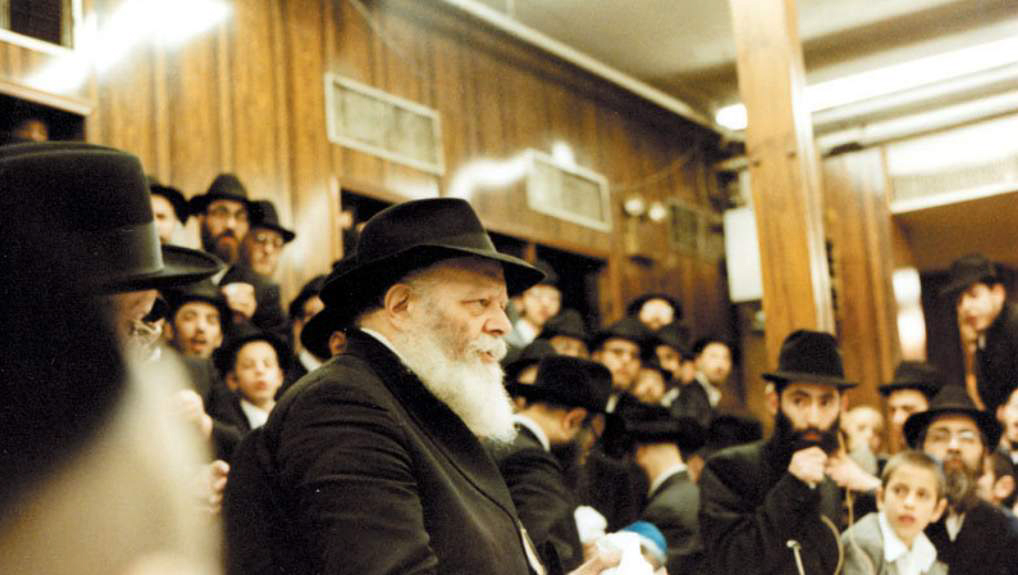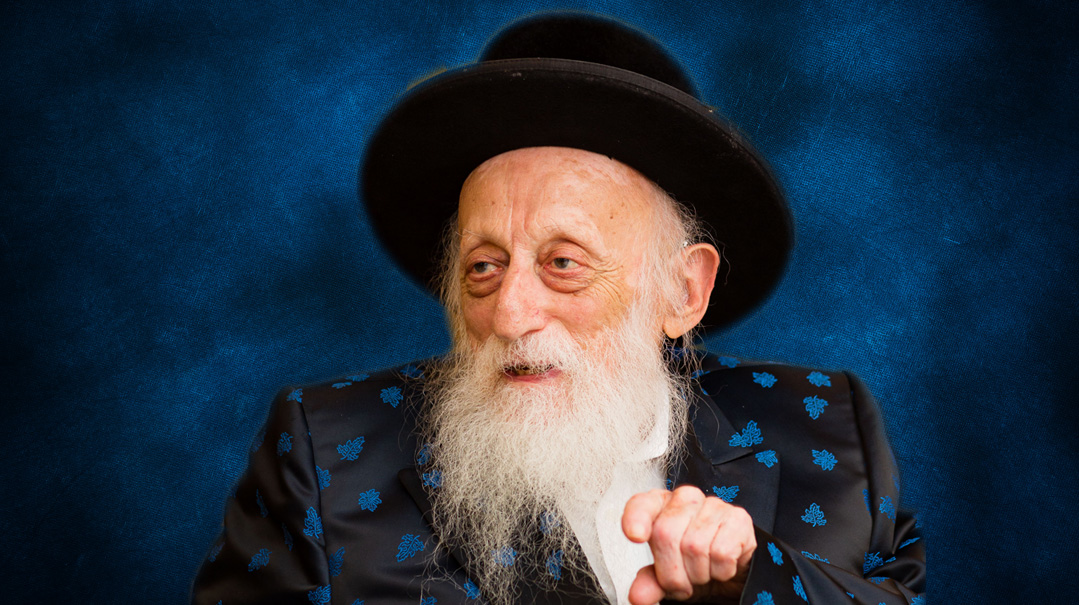Stopping the Soul Snatchers


While the government activated its agenda to eradicate Torah and mitzvos from the hapless olim, a group of yeshivah boys defi ed the odds — and their own hanhalah — and sneaked into the camps to teach and give chizuk (Photos: Yad L’Achim Archives, Shlomo Trichter)
I
t was a moonless night in 1950, outside the Ein Shemer ma’abarah. Dark and quiet — except for the persistent thud of a shovel, as a group of teenagers took turns burrowing out a tunnel beneath the fence that surrounded the immigrant transit camp.
As they crawled through their tunnel and emerged on the other side, no one noticed what they had done — and no one realized that a stubbornly idealistic movement to save Jewish souls had just been launched.
Just a few short years after the Holocaust, the tide of history seemed to have turned against the Torah-observant world, as the same Jewish state that served as a refuge to so many immigrants also seemed determined to strip them of any vestiges of religious observance.
A small band of bochurim and yungeleit battled the odds and the anti-religious establishment, taking the name of “Pe’ilim” (literally doers, activists) and utilizing cunning, subterfuge, and no small measure of chutzpah. Two of Mishpacha magazine’s senior figures — Rav Menachem Cohen, the chairman of the Hebrew edition’s rabbinic board, and editor-in-chief Rabbi Moshe Grylak — were among those early Pe’ilim recruits. Seven decades later, their personal memories qualify as a rare historical account of a battle poor in resources but rich in passion, the story of a movement launched by a band of yeshivah bochurim who refused to be complacent in the face of the forced secularization of thousands of traditional Jews.
Perhaps measured, rational, experienced adults wouldn’t have responded the same way, but the bochurim didn’t consider long-term calculations or assess the risks and rewards. All they knew was that there was a desperate situation and they had to act fast. Now, from the seasoned vantage point of many decades, Rav Cohen and Rabbi Grylak are able to put it in perspective of Israel’s complex modern history.
The catalyst for the formation of Pe’ilim was actually an event seven years earlier, on Erev Purim Katan 1943, when 1,228 European children arrived in Eretz Yisrael from a refugee camp set up by the Jewish Agency in the Iranian capital of Tehran. More than half of them, were children under 14, and many were from religious homes. Known as the Yaldei Tehran, most were orphans with little more than the shirts on their backs, who had witnessed the massacre of close family members. They were joined half a year later by a second group of 200 children.
The Jewish Agency, which had orchestrated the refugees’ arrival in Eretz Yisrael and whose madrichim had for the previous six months tried to pry them away from religious observance, planned to place them in secular kibbutzim. When the religious community learned of the plan, an uproar ensued. Chief Rabbi Yitzchak Herzog demanded that the orphans be placed in religious communities, and ultimately the JA conceded partially: They allowed children over 14 to choose their own placements, but agency staff would interview the younger ones and handle their placements. In the end, 298 children were placed in secular settings, 288 in national-religious institutions, and only 38 in Agudah-affiliated institutions.
That battle marked the beginning of a shift in the chareidi posture vis-à-vis the secular establishment. Until then, they’d remained mostly hapless in the face of the pre-state governing powers’ social engineering to eradicate Yiddishkeit. The outrage of the Yaldei Tehran affair sparked a sense of urgency — together with the realization as to the extent of what they were up against. (Excerpted from Mishpacha, Issue 721)
Oops! We could not locate your form.












